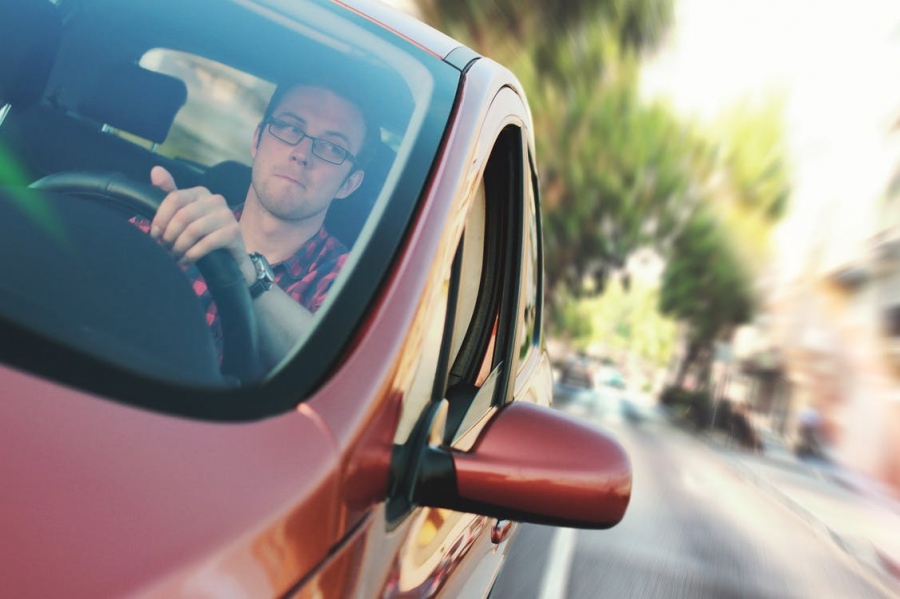Pedestrian Crossing: Pedestrian Injuries and How To Avoid Them

Between growing awareness of the harm caused by gasoline-powered vehicles and the saturation of overweight and obesity in the U.S., cities are becoming more walkable, and people are walking and running more.
This means more people on the sidewalk, in the crosswalk, and on the roadways than before. This also means that drivers have to be more careful and aware of pedestrians. In addition, pedestrians have to be aware of vehicles and drivers who may not be able to see them, who are making a legal right turn on a red light, and drivers on the sidewalk when leaving a place of business.

In most states, drivers generally have the responsibility to not hit pedestrians, but some responsibility rests on the pedestrians too. For example, they have to be aware of drivers and other pedestrians. This means turning down the music and putting away the cell phone.
Far too many pedestrians walk around with their ears full of music and eyes trained on their smart phone. In addition, many pedestrians forgo using crosswalks and waiting for walk signals before they cross the street. Jaywalking can create serious problems and cause severe injuries or death, and so can inattention.
In almost all states, there is a concept called comparative liability. This means if you’re hit while crossing the street and were partially at fault (because you were going against a red light or not in the crosswalk, for example), you’ll be assigned a proportion of fault. The amount of your reward will be offset by that percentage of your liability, and the driver will pay the percentage he was at fault.
In four states (Maryland, Virginia, Alabama, and North Carolina) and D.C., this concept is different. It’s called contributory negligence, and it means that if you were even 1% at fault, you can’t recover any money from the driver’s negligence.
The reason this concept is so unpopular, with only five jurisdictions practicing it, is because some consider it rather unfair to completely negate a driver’s negligence based on the pedestrian’s negligence. Other lawmakers state that a person who was acting negligently should not be able to collect from someone else who was also negligent.
Whether your state practice comparative or contributory negligence, it’s important that you follow the law to the letter, not only to keep from facing liability but to stay safe. Even if the other driver is completely at fault, being hurt as a pedestrian can cause serious injury or even death. It’s vital that you take your safety seriously and stay alert and follow the law.
